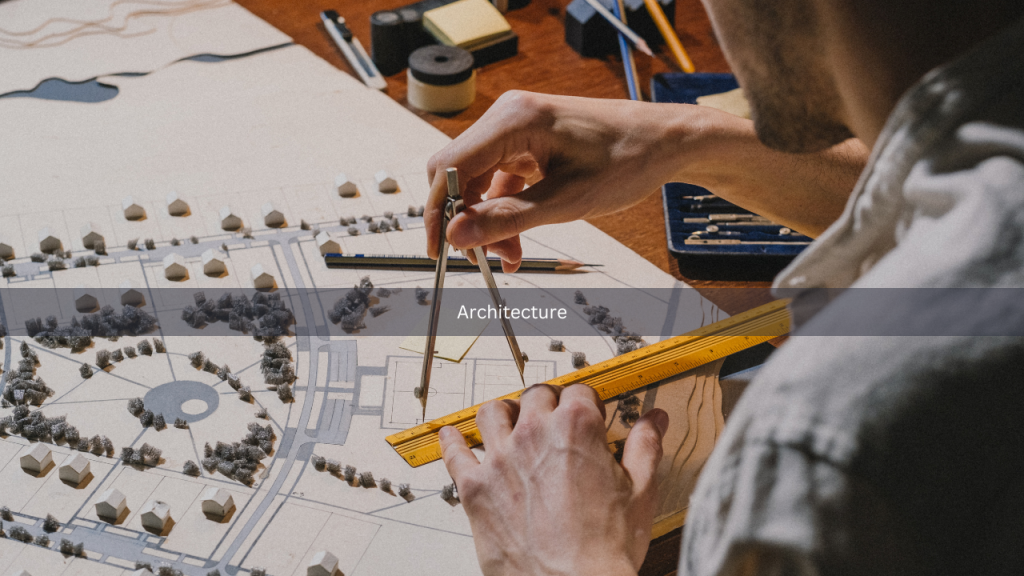
Architecture is often viewed as a glamorous profession, celebrated for its creativity and the ability to shape the world through innovative designs. However, lurking beneath this glamorous surface is a troubling reality: many architects struggle with substance abuse. This relationship between architecture and addiction is complex, influenced by various factors including stress, culture, and the inherent demands of the profession.
One of the most significant contributors to substance abuse among architects is the high level of stress associated with the profession. Architects are tasked with designing buildings and spaces that must meet functional, aesthetic, and regulatory requirements. This often involves juggling multiple projects simultaneously, working long hours, and adhering to tight deadlines. The pressure to satisfy clients, manage budgets, and meet regulatory standards can be overwhelming. Consequently, many architects may turn to alcohol or drugs as a means of coping with the relentless stress of their jobs.
In addition to stress, the culture within the architecture profession can also promote substance abuse. Many architectural firms foster an environment that celebrates long hours and relentless dedication. This “always-on” mentality can create a culture where excessive drinking or drug use is normalized as a way to unwind or celebrate accomplishments. Social gatherings, often centered around drinking, can further entrench these behaviors as architects seek to bond with colleagues or network within the industry. This environment can make it challenging for those struggling with substance abuse to seek help, as doing so might be perceived as a weakness or could jeopardize their careers.
Moreover, the creative nature of architecture can play a paradoxical role in addiction. Many architects are drawn to the profession because of their passion for design and creativity. However, the pursuit of creativity often comes with emotional highs and lows. The excitement of bringing a vision to life can be exhilarating, but it can also lead to periods of intense self-doubt and anxiety, particularly when faced with criticism or the pressures of a high-stakes project. Some architects may resort to substances as a way to elevate their mood or cope with the emotional fallout of their creative endeavors. This cycle of seeking highs and managing lows can lead to a dangerous reliance on drugs or alcohol.
The consequences of substance abuse in the architectural profession can be profound. Beyond the personal toll on health and relationships, addiction can significantly impact an architect’s professional life. Impaired judgment and decreased productivity can lead to mistakes in designs or missed deadlines, ultimately harming an architect’s reputation and career. In a field that thrives on creativity and precision, the repercussions of addiction can be particularly damaging.
Addressing substance abuse in the architecture profession requires a comprehensive approach. It is essential for firms to cultivate a supportive work environment that prioritizes mental health and encourages open discussions about stress and substance use. Providing access to counseling services, promoting work-life balance, and offering workshops on stress management can create a healthier workplace culture. Additionally, professional organizations should consider implementing programs that focus on mental health resources specifically tailored to the unique challenges architects face.
In conclusion, the link between architecture and substance abuse is a complex issue that reflects the stresses and demands of the profession. As architects continue to create the spaces that shape our lives, it is crucial to recognize the hidden struggles many face and to foster an environment that supports mental health and well-being. By doing so, the architectural profession can help ensure that its practitioners are not only innovators in design but also healthy, balanced individuals capable of thriving in their careers.



 In the competitive and demanding field of architecture, professionals are often admired for their creativity, precision, and vision. Yet, behind the facade of success, many architects face a silent struggle with addiction. The journey of architects in overcoming addiction is a challenging one, marked by unique pressures and obstacles that require resilience, support, and a commitment to personal growth.
In the competitive and demanding field of architecture, professionals are often admired for their creativity, precision, and vision. Yet, behind the facade of success, many architects face a silent struggle with addiction. The journey of architects in overcoming addiction is a challenging one, marked by unique pressures and obstacles that require resilience, support, and a commitment to personal growth. In the creative realm of architecture, where innovation meets precision, the image of perfection often conceals a darker reality – the prevalence of addiction among design professionals. Architects, despite their talent for envisioning and constructing aesthetically pleasing structures, grapple with unique stressors and pressures that can contribute to substance abuse. In this exploration, we delve into the factors that may contribute to addiction within the architectural profession.
In the creative realm of architecture, where innovation meets precision, the image of perfection often conceals a darker reality – the prevalence of addiction among design professionals. Architects, despite their talent for envisioning and constructing aesthetically pleasing structures, grapple with unique stressors and pressures that can contribute to substance abuse. In this exploration, we delve into the factors that may contribute to addiction within the architectural profession. The causes of such behavior amongst architects can be complex. There are those famous for their creative genius, who are driven to succeed and continue to push the boundaries of design and functionality on a daily basis, but this is also something that can be a source of pressure. Architects work long hours, often in isolation, and the pressure of deadlines is unrelenting. Additionally, there is financial pressure, the challenge of managing a team, and the potential for problems with suppliers.
The causes of such behavior amongst architects can be complex. There are those famous for their creative genius, who are driven to succeed and continue to push the boundaries of design and functionality on a daily basis, but this is also something that can be a source of pressure. Architects work long hours, often in isolation, and the pressure of deadlines is unrelenting. Additionally, there is financial pressure, the challenge of managing a team, and the potential for problems with suppliers.
